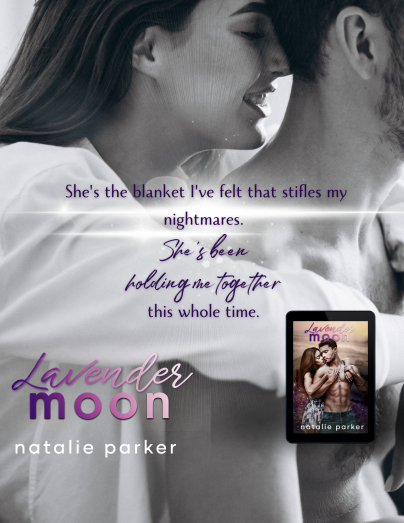News & reviews for the fiction lover in us all!
Why Not Teach Happy Endings?
When I was in graduate school studying English Literature, the literary canon—books considered serious enough to be taught in college, and by extension, in high school—was changing. But only a little. The old joke about the canon was that it consisted of ten dead white guys and Emily Dickinson. A joke, true, but not too far off the mark. If you grew up in the U.S. and were paying at least a little attention in school, you’ll remember some of their names: Chaucer, Shakespeare, Shelley (not Mary, the other one), Keats, Wordsworth, Byron, with a few Americans thrown in like Emerson, Whitman, and even Mark Twain. Oh yes, and Emily Dickinson. But then, she was a poet.
By the time I was studying these guys (and gal), the canon had begun to slip, admitting a little wiggle room. A few more women and people of color were sneaking in: Alice Walker and Toni Morrison couldn’t be denied. Amy Tan with her “The Joy Luck Club” was serious enough, too. Frederick Douglass and W. E. B. DuBois came in with thoughtful, powerful works. What many, if not most, of the works we were forced to read in school have in common is their grittiness and their dark view of the world and the majority of the people in it. What they also have in common is their Hamletesque aversion to happy endings.
Read the entire article in the June 2017 issue of InD'Tale magazine.
Subscriptions are free!
Just sign up on our home page. Once you do, an e-mail validation notice will be sent directly to you. Just open and click the link and you're in - forever! Each month the magazine will be delivered directly to your inbox to downlad and read!
If you prefer reading the magazine from this website, you can just click on the magazine image on the left hand side of our home page to open and enjoy!




